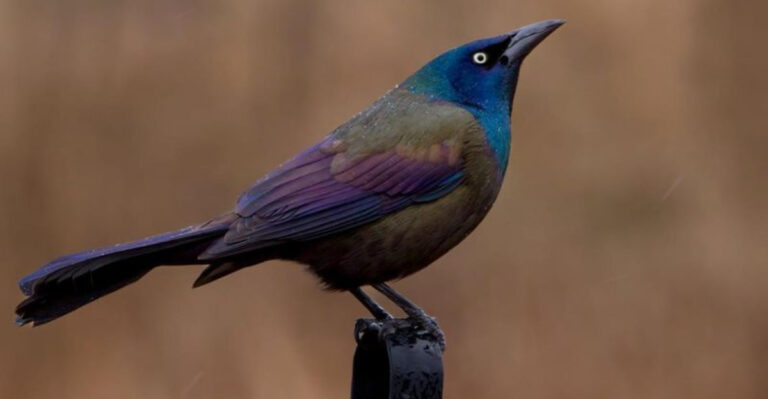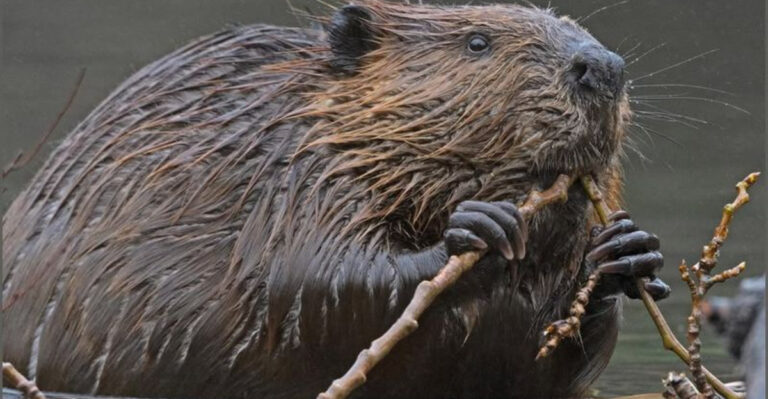10 Extinct Whales That Were More Bizarre Than Any Living Species Today (And 5 Species Still Roaming The World’s Waters)
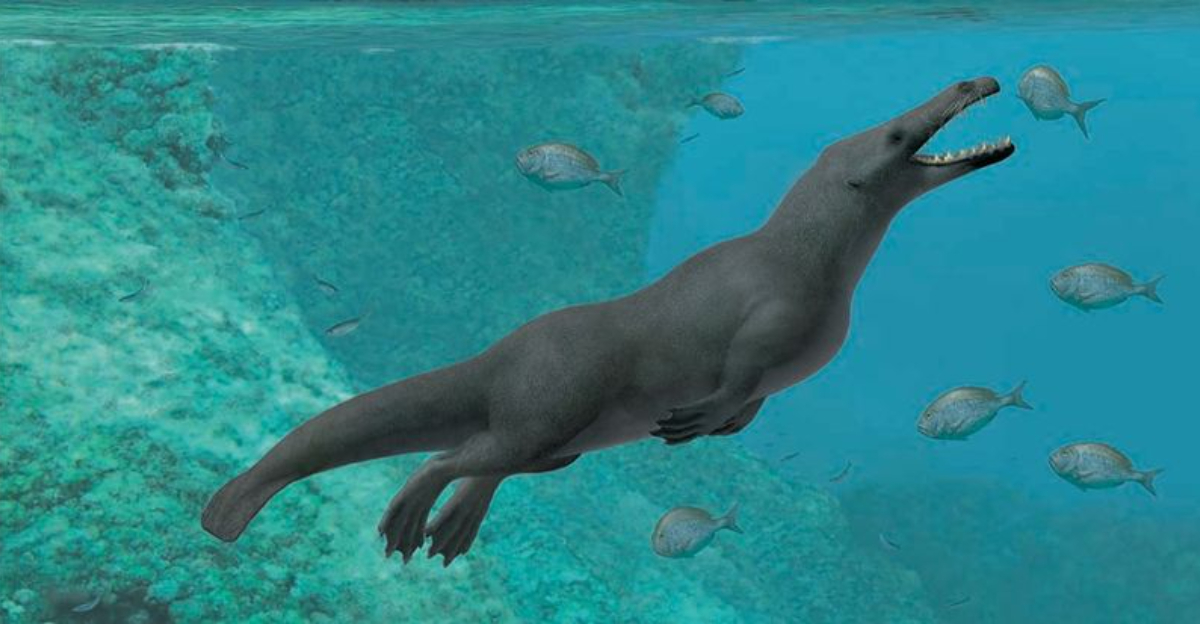
The oceans once teemed with whale species far stranger than those swimming today. From serpentine bodies to walking limbs, extinct whales evolved in ways that would seem alien compared to modern cetaceans.
While these bizarre creatures are long gone, our oceans still harbor some incredible whale species that showcase the wonders of evolution.
1. Basilosaurus
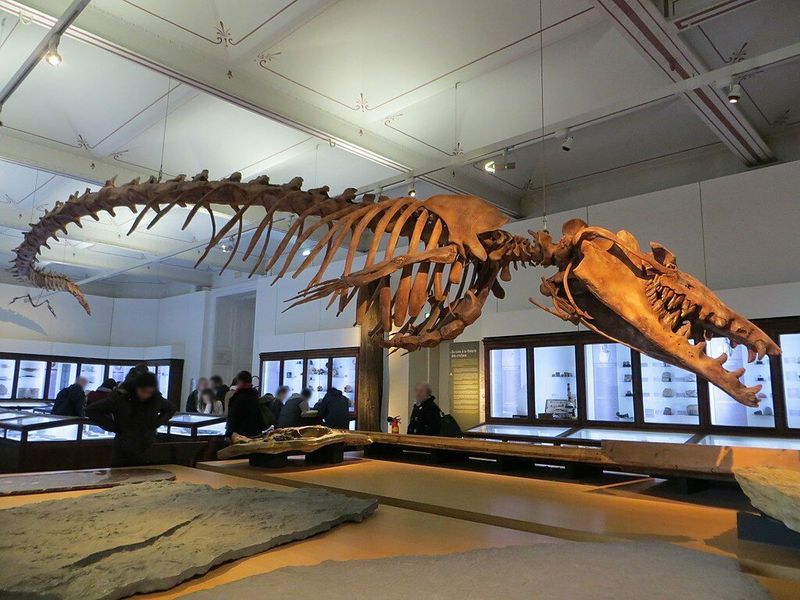
Slithering through ancient oceans 40 million years ago, Basilosaurus resembled a monstrous sea serpent more than any whale alive today. Despite its 60-foot serpentine body, this predator retained tiny hind legs—evolutionary leftovers from its land-dwelling ancestors.
Scientists initially mistook Basilosaurus fossils for reptile remains, giving it a name meaning ‘king lizard’ before realizing it was actually an early whale.
2. Livyatan
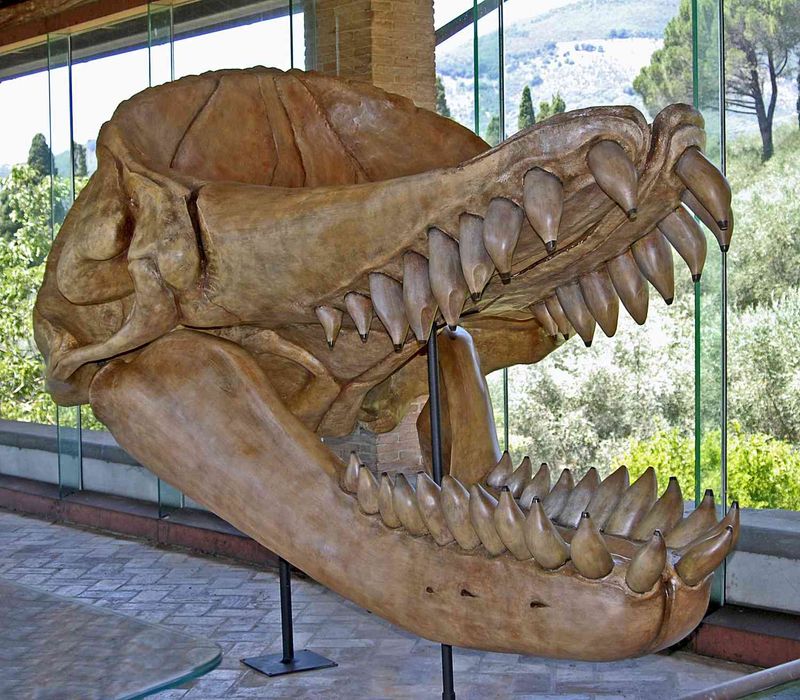
Armed with foot-long teeth and a massive skull, Livyatan melvillei struck fear into prehistoric oceans. This colossal hunter shared waters with Megalodon sharks, competing for prey with jaws powerful enough to crush boat-sized animals.
Named after the Biblical sea monster Leviathan, this ancient sperm whale relative had teeth in both jaws—unlike modern sperm whales whose teeth appear only in their lower jaw.
3. Zygorhiza
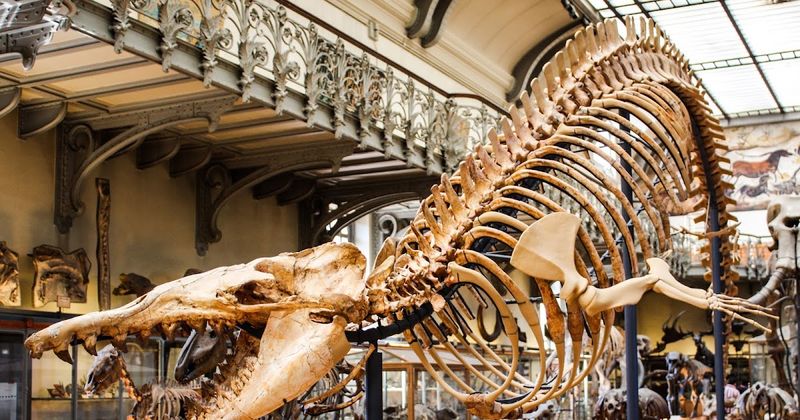
Cutting through Eocene seas, Zygorhiza represents a fascinating transitional whale. Its body showed the streamlined shape we recognize in modern cetaceans, yet it retained vestigial hind limbs protruding from its sleek form.
Perfectly capturing evolution in action, Zygorhiza’s skeleton reveals the blueprint of a creature caught between worlds—not fully aquatic, yet no longer suited for land.
4. Brygmophyseter
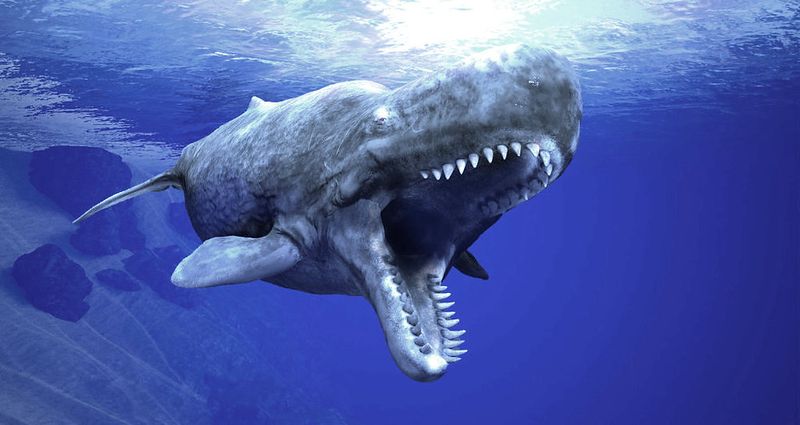
Haunting ancient oceans with a fearsome bite, Brygmophyseter earned its nickname ‘the biting sperm whale’ for good reason. Unlike modern sperm whales, this hunter possessed functional teeth in both jaws, making it a more versatile predator.
Many paleontologists believe this 23-foot leviathan may have inspired the fictional Moby Dick, as ancient whalers would have encountered its aggressive descendants.
5. Eocetus
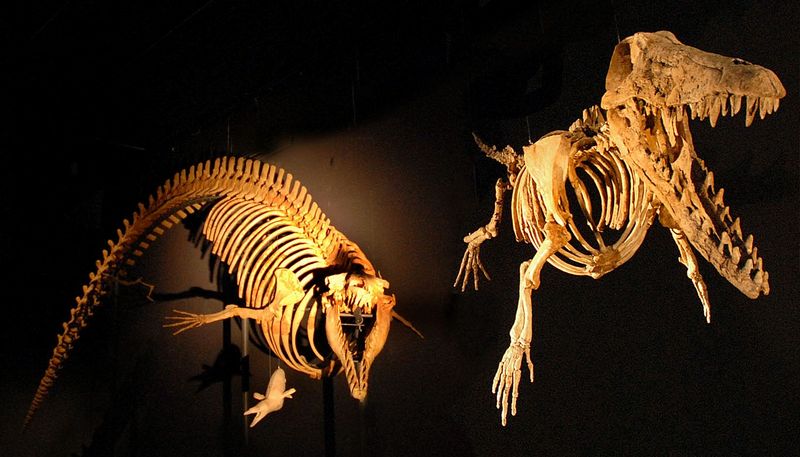
Swimming through early Eocene waters, Eocetus showcased nature’s evolutionary experimentation. With elongated skull bones and a body caught between terrestrial and marine adaptations, this primitive whale reveals the dramatic transformation its lineage underwent.
Fossil evidence suggests Eocetus still possessed functional limbs while developing the specialized hearing structures that define modern whales.
6. Aetiocetus

Sporting both teeth AND baleen, Aetiocetus represents an evolutionary marvel that scientists once thought impossible. This 25-million-year-old whale shows exactly how modern filter-feeders evolved from toothed ancestors.
About the size of a dolphin, this peculiar creature could both bite prey and strain smaller food particles—a dual-feeding strategy unlike any whale alive today.
7. Ambulocetus

Half wolf, half crocodile, yet entirely whale—Ambulocetus represents one of evolution’s most dramatic transformations. This bizarre creature could actually walk on land with its sturdy legs while swimming with an undulating, otter-like motion in water.
Living 49 million years ago, this ‘walking whale’ hunted like a crocodile, ambushing prey at the water’s edge.
8. Dorudon
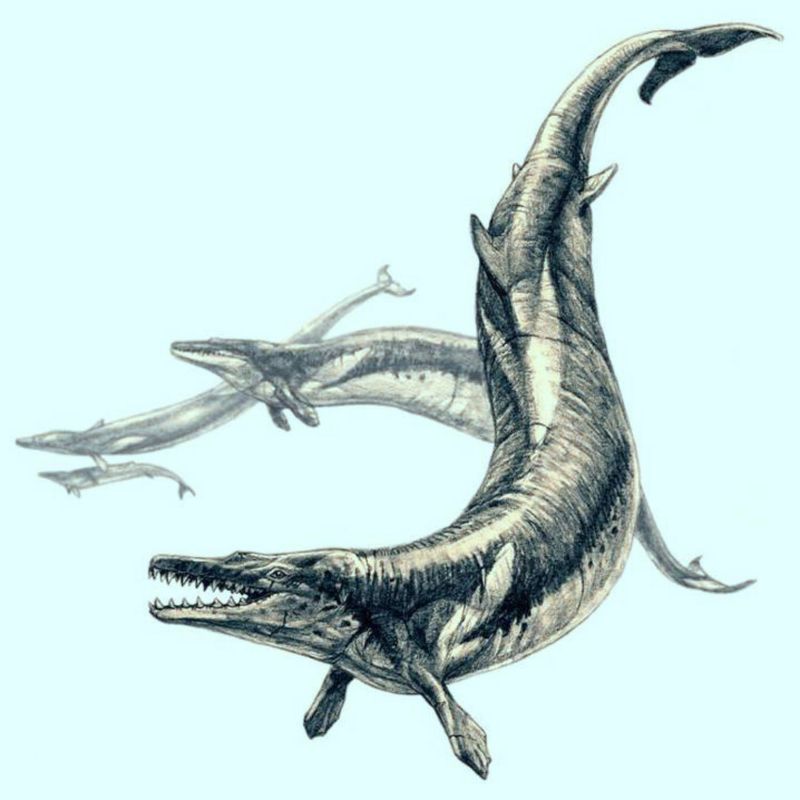
Smaller than a bottlenose dolphin but packing rows of serrated teeth, Dorudon was the piranha of prehistoric whales. Despite its relatively modest size, this predator dominated Eocene oceans with surprising speed and agility.
Fossilized stomach contents reveal Dorudon fed on fish and smaller marine mammals, while its own young fell victim to larger Basilosaurus whales.
9. Pakicetus

Looking nothing like a whale, Pakicetus roamed river edges on four legs 50 million years ago. This wolf-sized creature represents the earliest known whale ancestor, with only subtle ear bones revealing its cetacean connection.
Imagine a long-snouted dog that spent time hunting in shallow waters—that was Pakicetus, the most un-whale-like whale ever discovered.
10. Janjucetus
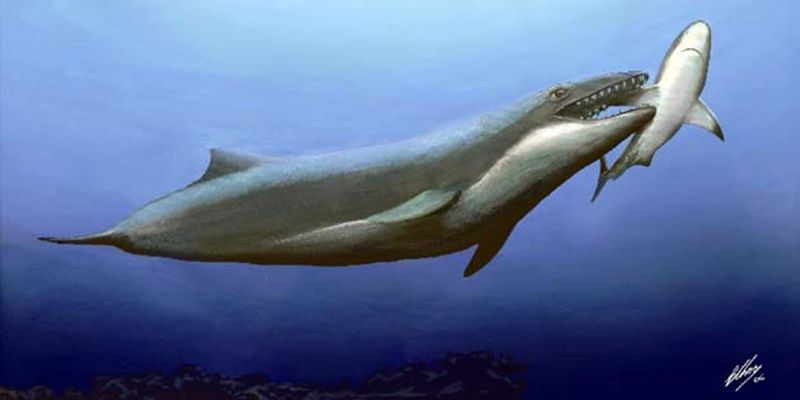
With massive eyes and bone-crushing jaws, Janjucetus hunted like today’s killer whales—but 25 million years earlier. This bizarre creature combined features of modern baleen whales with the predatory habits of toothed whales.
About the size of a dolphin, Janjucetus had forward-facing eyes (unusual for whales) that gave it stereo vision perfect for hunting—similar to wolves and humans.
11. Blue Whale
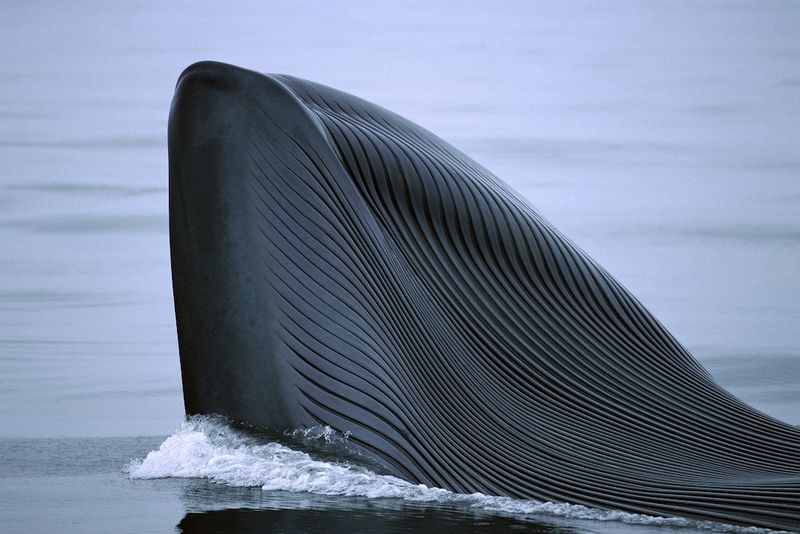
Reaching lengths of 100 feet, blue whales are not just the largest animals alive today but the largest to have EVER existed. Their hearts alone are the size of small cars, pumping 10 tons of blood through bodies more massive than dinosaurs.
Despite their incredible size, these gentle giants feed almost exclusively on tiny krill, consuming up to 4 tons daily.
12. Humpback Whale
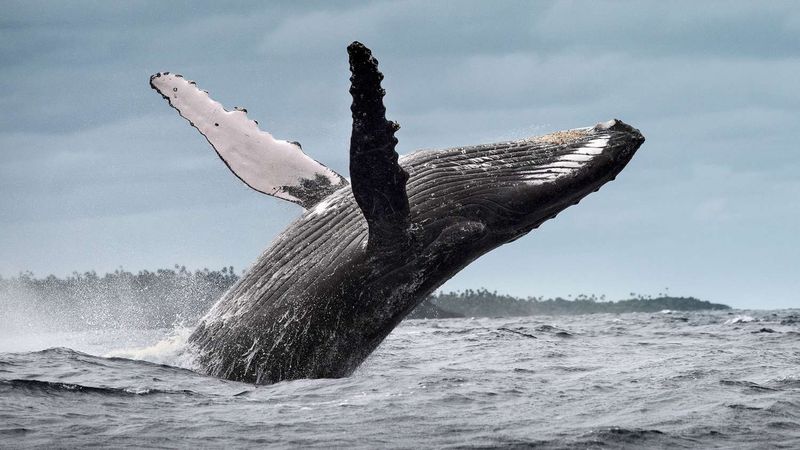
Masters of aquatic acrobatics, humpback whales launch their 40-ton bodies completely out of water in spectacular breaches. Their complex songs can last for hours and travel for miles underwater, creating musical compositions that change and evolve each year.
With distinctive long flippers and knobbly heads, these charismatic performers sport unique tail patterns allowing researchers to identify individuals like fingerprints.
13. Sperm Whale

Plunging over a mile beneath the waves, sperm whales are the ocean’s champion divers. Their massive block-shaped heads contain the largest brain of any animal and a specialized oil-filled organ called spermaceti.
These remarkable creatures hunt giant squid in pitch-black depths, using powerful echolocation clicks loud enough to stun prey. Their distinctive clicking patterns form complex communication systems similar to human languages.
14. Narwhal

Sporting an extraordinary spiral tusk that can grow up to 10 feet long, narwhals seem like creatures from fantasy rather than reality. This tusk is actually an elongated tooth that grows through the upper lip, containing millions of sensitive nerve endings.
Arctic specialists, these mysterious whales navigate under sea ice in near-total darkness, using echolocation to find halibut and cod in freezing waters.
15. Orca

Operating in highly coordinated family pods, orcas are marine masterminds with hunting techniques passed down through generations. Different populations specialize in unique prey—some hunt seals by intentionally beaching themselves, while others exclusively target certain fish species.
Despite their ‘killer whale’ nickname, wild orcas have never fatally attacked humans. Their complex social structures include distinct dialects and cultural traditions between pods.


